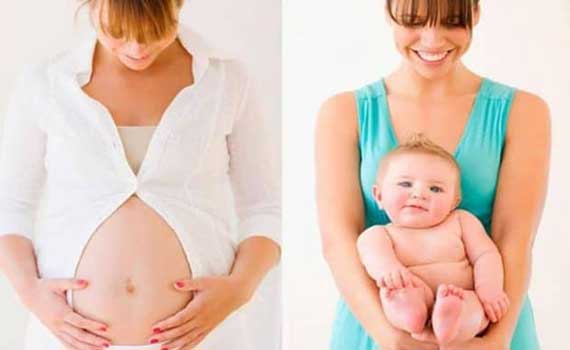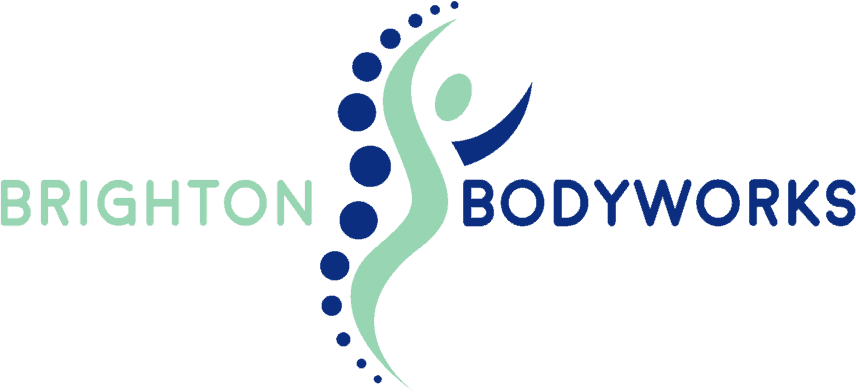Placenta Encapsulation
Certified and Insured IPEN Encapsulation Specialist serving East and West Sussex


Hi, I’m Amy – I’m a mum of two, physical therapist, and placenta encapsulation specialist providing a stress-free approach to placenta services for new mums across Sussex. I am IPEN trained and registered, certified in Infection Control, Food Safety Level 2 and HACCP Level 2.
At around four weeks before your due date, I provide you with a placenta cooler pack, hand delivered to you to make sure you are fully comfortable with details of the placenta storage and collection process, and further answer any questions you may have.
Once you’ve had your baby, I will endeavour to collect your placenta within a few hours of birth, either from hospital or your home if you have had a home birth. This is included in the cost of the service. The encapsulation process is usually started within 12 hours of birth. Your products will be returned to you within 48-72 hours of birth.
If you are interested in booking any of my placenta services, please either drop me a line using the ‘request callback’ button above, or call 07881 958093. Alternatively you can book your encapsulation via the ‘book online’ button above and I will be in touch to confirm all the details.
ENCAPSULATION SERVICES:
- Simple (also known as ‘raw’ or ‘dried’) capsules – £220
- Traditional Chinese Medicine (steamed) capsules – £220
- 50/50 Simple & TCM capsules – £240
- Placenta Smoothie – £75
- Cord keepsake – FREE
- Placenta Tincture – £70
- Placenta Oil – £50
* A deposit of £50 is payable at time of booking for all services
FREQUENTLY ASKED QUESTIONS
If I have a medicated birth or caesarean section can I still use my placenta for encapsulation and/or other placenta remedies?
Yes, you can still use your placenta if you have a caesarean birth as long as your placenta has not been sent to pathology. If you are on any other type of medication during your pregnancy I will ask you to seek advice from your consultant before deciding on placenta encapsulation.
What if I am Strep-B positive or have a uterine or placental infection and need antibiotics, will I still be able to use my placenta?
In the case of Strep-B infection, you will be eligible for steamed capsules only, to ensure the strep-b bacteria is killed at a high heat before dehydrating your placenta.
If you have tested positive or are suspected of having a uterine or placental infection, it is advised you do not consume your placenta.
What if I give birth prematurely?
Premature births are often associated with problems in pregnancy. As long as your placenta is examined and cleared from any type of abnormality and stored safely after birth, your placenta is likely suitable for consumption.
I want to donate my baby’s cord blood. Will I still be able to have my placenta made into capsules?
Yes, you can do both and I am happy to advise.
Are there any circumstances when it would not be possible to use the placenta for encapsulation or other placenta remedies?
Yes. If your placenta has been sent to pathology in hospital for any reason I will not be able to carry out the encapsulation.
I am also unable to encapsulate your placenta if it has has not been stored properly after birth.
How do I store my placenta safely after birth?
I will personally advise on all these details and answer any questions you may have so that you are clear on everything before the birth of your baby.
I will provide you with a placenta cold pack in which to store the placenta immediately after cord cutting and inspection by a midwife/doctor. It is important that the placenta is kept at or below 8°C (46.4°F) for no longer than 12 hours, and transferred to a refrigerator at below 4°C (39.2°F) as soon as possible. I will be available to collect the placenta as soon as feasibly possible.
When is the best time for the cord to be cut if using my placenta for placenta encapsulation?
Delayed cord clamping is recommended but the time of cord cutting does not affect placenta encapsulation in any way.
How is the placenta prepared for steamed (TCM) placenta pills?
- The placenta is washed, steamed, sliced and prepared for dehydration.
- The placenta is dehydrated using a food dehydrator or oven for 8-12 hours until completely dry.
- The dried placenta is ground into a powder and put into empty vegetable capsules.
How is the placenta prepared for raw (simple) dehydrated placenta pills?
- The placenta is washed, sliced and prepared for dehydration.
- The placenta is dehydrated using a food dehydrator or oven for 12-16 hours until completely dry.
- The dried placenta is ground into a powder and put into empty vegetable capsules.
What is the difference between raw dried and steamed placenta capsules?
The raw dried method is the dehydration of raw sliced placenta at high heat for a short period to kill surface bacteria, then at medium heat for the duration of the drying time. The steamed process involved cooking the placenta in a steamer pot for up to 30 minutes until thoroughly cooked through, then slicing and dehydrating at medium heat.
The choice between raw and steamed preparations is one of personal preference. Mothers do not report significant differences between the two. The raw dried method will likely yield more capsules, and if you contract any sort of infection (mastitis, flu, etc) you can continue to take the capsules. If you contract an infection and opted for the steamed preparation, you must cease taking the capsules until the infection has cleared.
What other ingredients are in the placenta capsules and are they suitable for vegetarians?
Placenta capsules contain 100% placenta – nothing else. I use vegetable cellulose capsules only; so they are safe for vegetarians and vegans. When preparing steamed capsules, the placenta is steamed with lemon (for grounding), ginger (for circulation) and chilli (for heat) which are added to the water below when steaming but not included in the final placenta powder
Do the capsules smell or taste of anything?
Most capsules do not smell or taste of anything. Some mothers describe placenta capsules to have an ‘earthy’ smell. Some placenta capsules may have a slight taste of meat however if swallowed quickly you will not notice any taste or smell. If you find your capsules begin to smell or taste unusually bad it is recommended you stop taking your capsules and contact me for advice.
How should I store my placenta capsules?
Placenta capsules should be stored in the jar provided in a cool, dark place for up to a year. Do not store your capsules in the fridge as condensation could cause them to deteriorate.
Always wash your hands before and after handling your placenta capsules.
How many capsules will my placenta make?
Placentas make between 90-300 capsules depending on the type of method you choose and the size of your placenta. A full-term placenta will yield an average of 140 capsules for the raw dried method and 120 capsules for the steamed (TCM) method.
How long should I take my placenta capsules for?
You can take your placenta capsules for as long as you feel you need them.
Can my family members take my placenta capsules too?
It is not recommend anyone consumes placenta capsules other than the mother who made the placenta.
What food safe methods are used to produce safe remedies from the placenta?
I am certified in Infection Control, Food Safety Leve 2 and HACCP Level 2. All equipment is either single use or cleaned thoroughly and disinfected between clients using hospital grade disinfectants. All disinfectants used are proven effective against bloodborne pathogens including Hep B, Hep C and HIV. The IPEN Method of placenta processing was created by IPEN in 2008, improved and updated in 2014 with the support of a professional food safety expert team and is validated by two food safety microbiologists.
